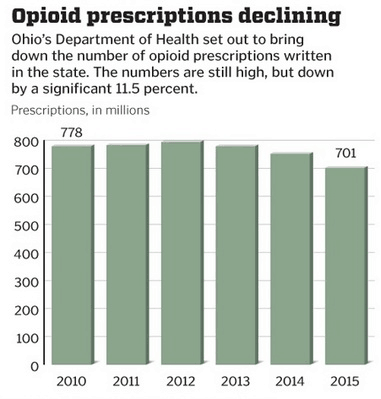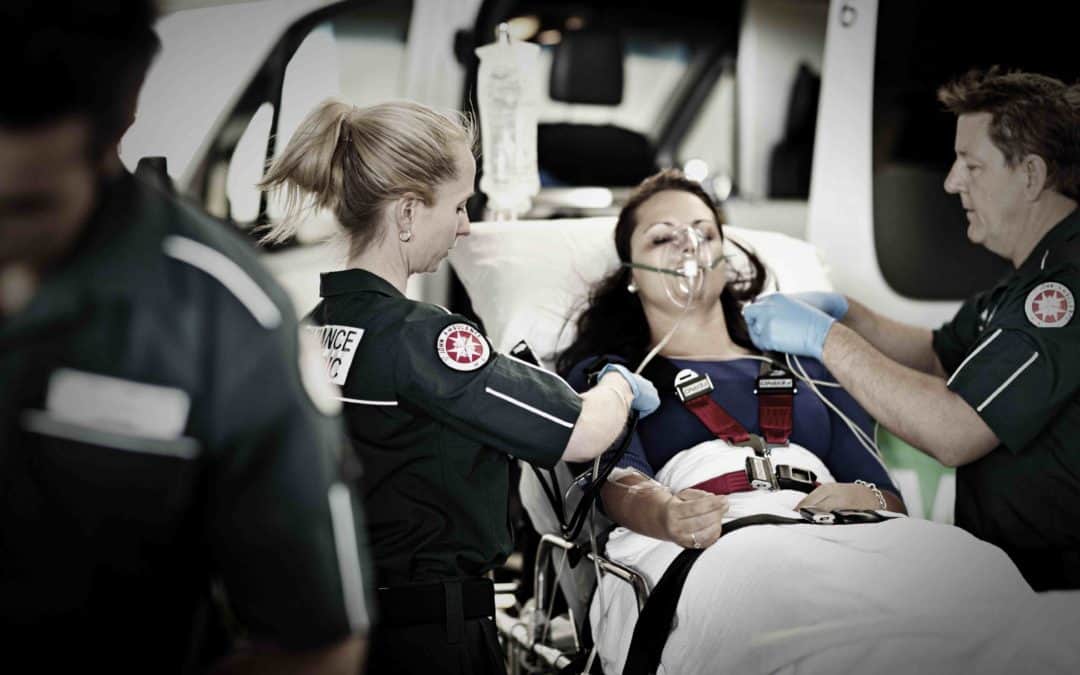According to World Drug Report issued last Thursday, the UN Office on Drugs and Crime said there are now over 29 million people suffering from drug addiction and drug use disorders worldwide. The number of people addicted to drugs across the world has risen for the first time in years. Last year it was reported that only 27 million people around the world suffered from drug addiction. The report also mentioned that heroin is the deadliest drug and leading cause for this epidemic worldwide. The increasing use of heroin addiction in the United States is a particular concern. As of 2014 a record number 1 million people were using heroin, almost three times the number of people in 2003. Even more staggering, heroin related deaths shot up 5 times what they were in 2000. The heroin use and related overdose deaths has some calling this “alarming” and immediate action needs to be taken against the rise of heroin.
There has been a lot of theories about why heroin is on the rise. The biggest theory is that the crackdown on prescription opioid painkillers has led to the heroin epidemic. Many believe that opioid painkillers were being over prescribed and since the slow down and recent CDC guidelines for prescribing opioids have rolled out, more people are turning to heroin. Prescriptions drugs like Vicodin and OxyContin are harder to find these days, people are turning to the streets to get their fix. Unlike the pharmaceutical drugs, street heroin is unregulated and the potency of the drug can change from batch to batch, causing a wide spread heroin overdose related deaths across the nation.
Even though the UN report also indicated that there was a large decline in opium production worldwide in 2015, heroin deaths are still on the rise. Due to the high production levels in previous years, it could be awhile before we see a decline of heroin on the streets. Heroin addiction is flooding the streets of America and stealing the life from families. It is estimated that 29 people overdose each day. Worldwide 250 million people consumed at least one drug in 2014, the UNODC said. Of the estimated 29 million heavy users, some 17 million are addicted to opiates, which include heroin, opium and morphine
Now what about those who seek treatment? The numbers are slim. On average 1 out of 6 people addicted to drugs will seek the treatment they need. Overdose deaths have surpassed car accidents as the number one accident related death cause in America. The heroin train doesn’t seem to be slowing down.
Here at Hill Country Detox in Detox we offer heroin detox, alcohol detox, and other drug detox programs. Located in the Hill Country of Texas, our beautiful facility offers a luxury style setting when ridding your body of the toxic substances. If you or a loved one is in need of drug detox, give us a call today at 888.512.5020 to find out how we can help. Or Contact Us Here.









